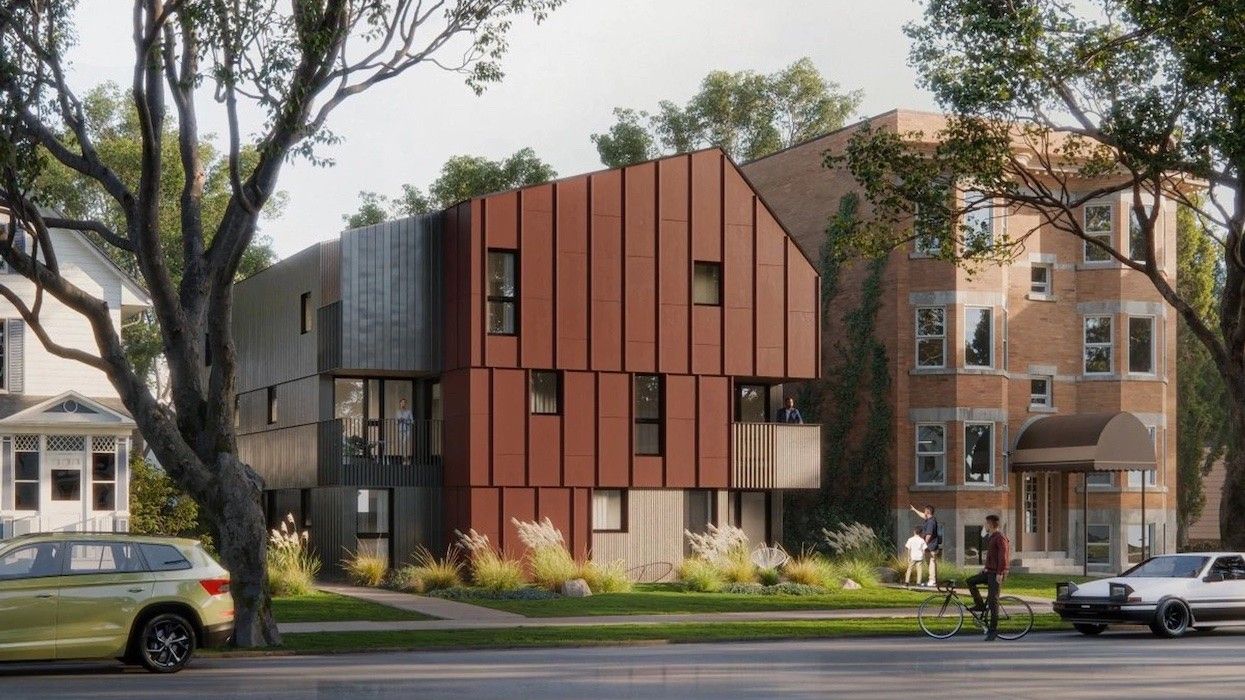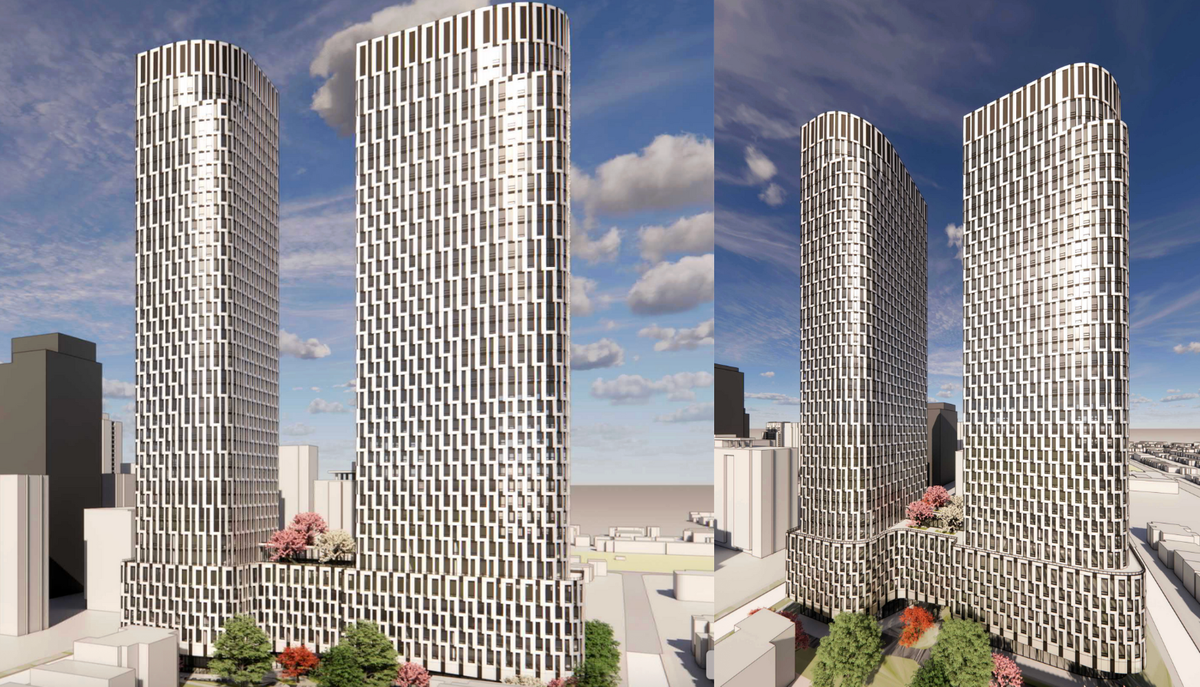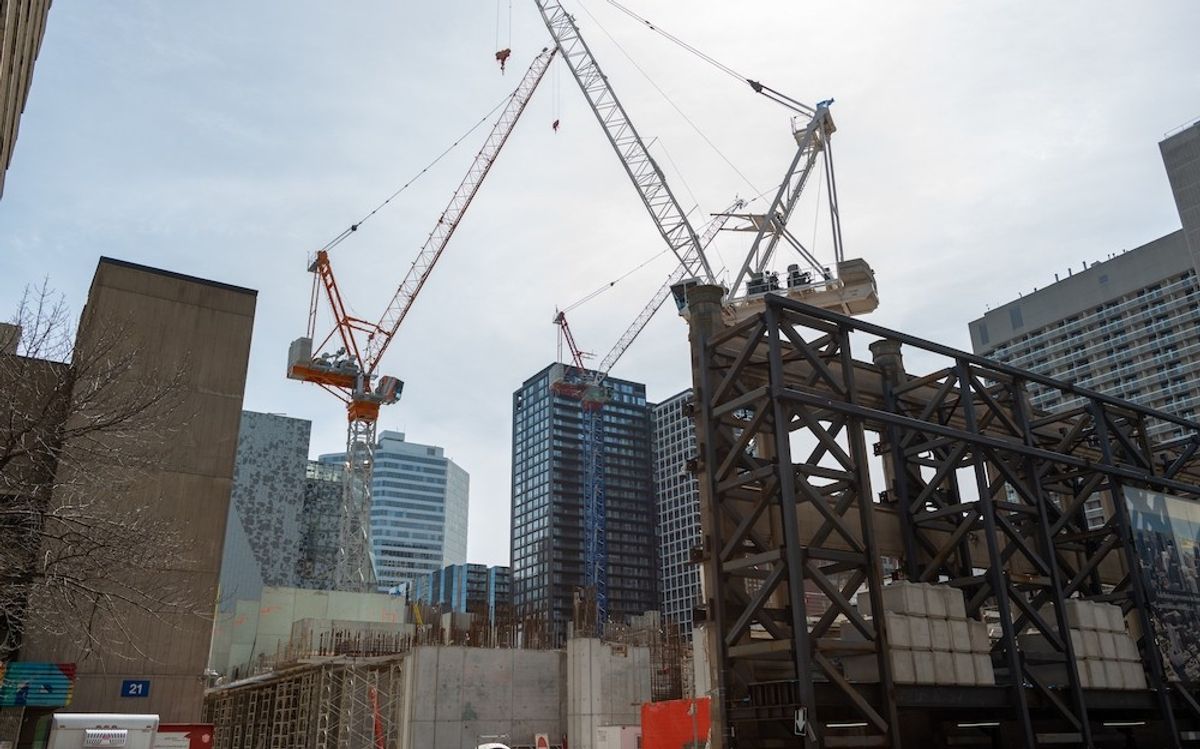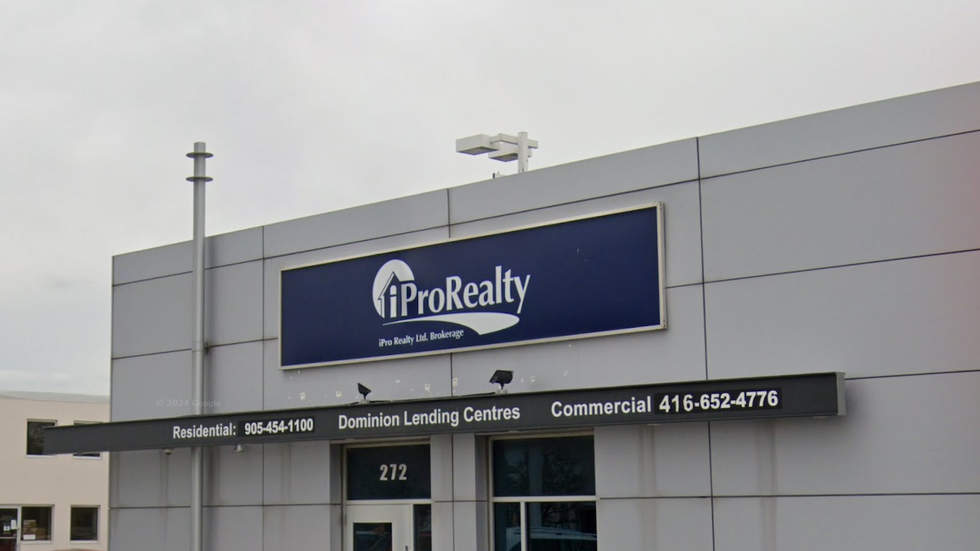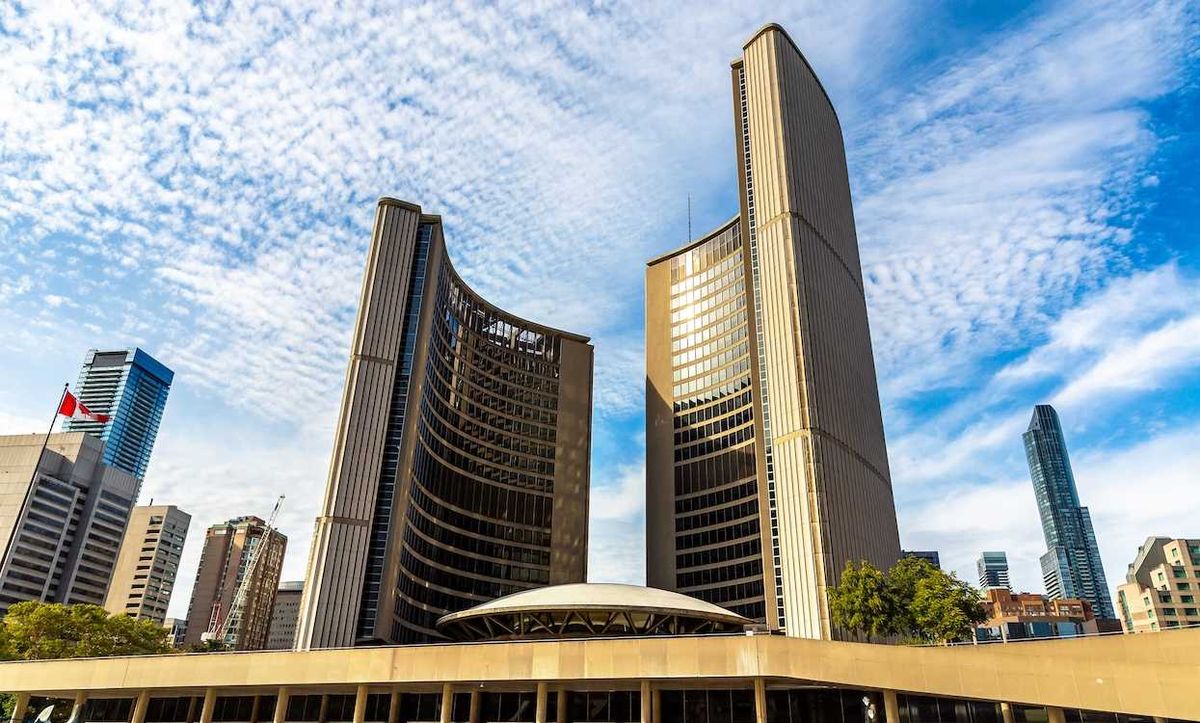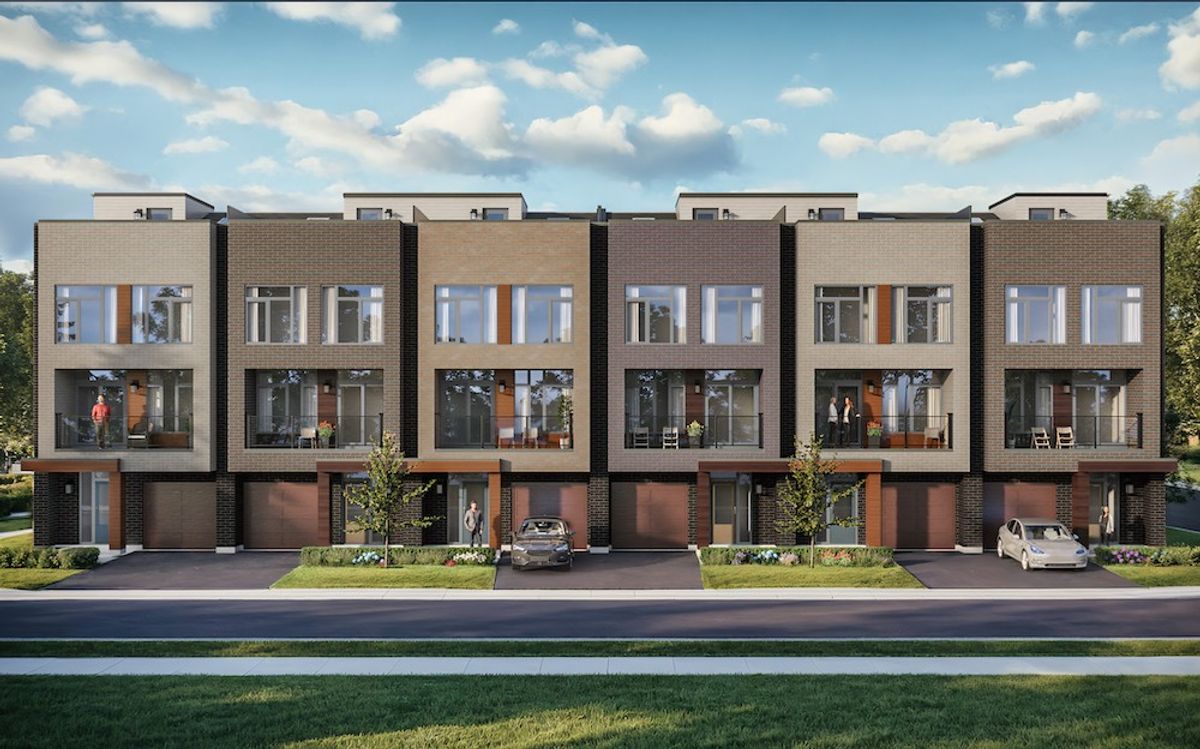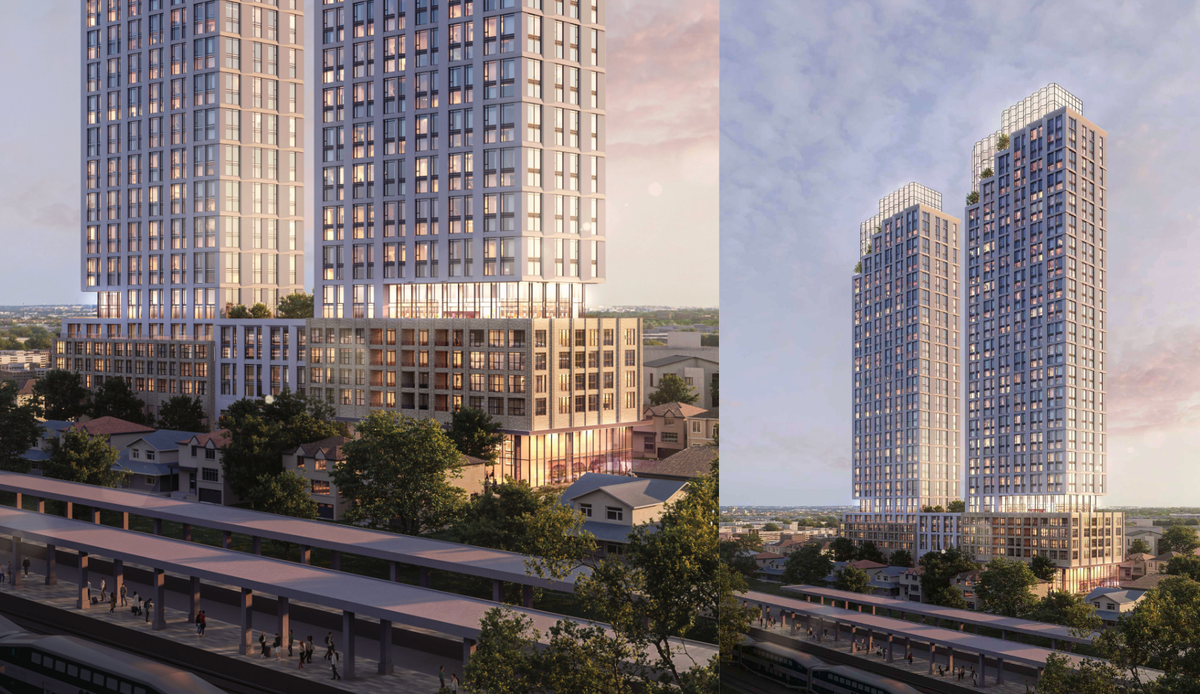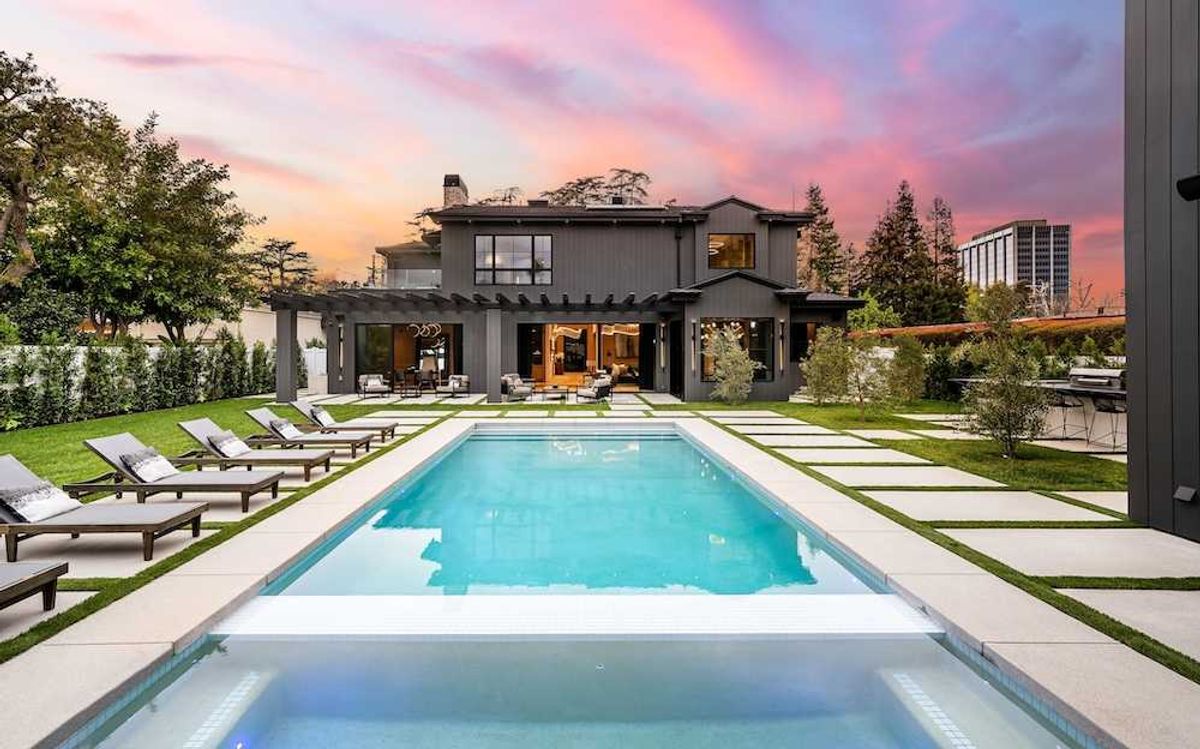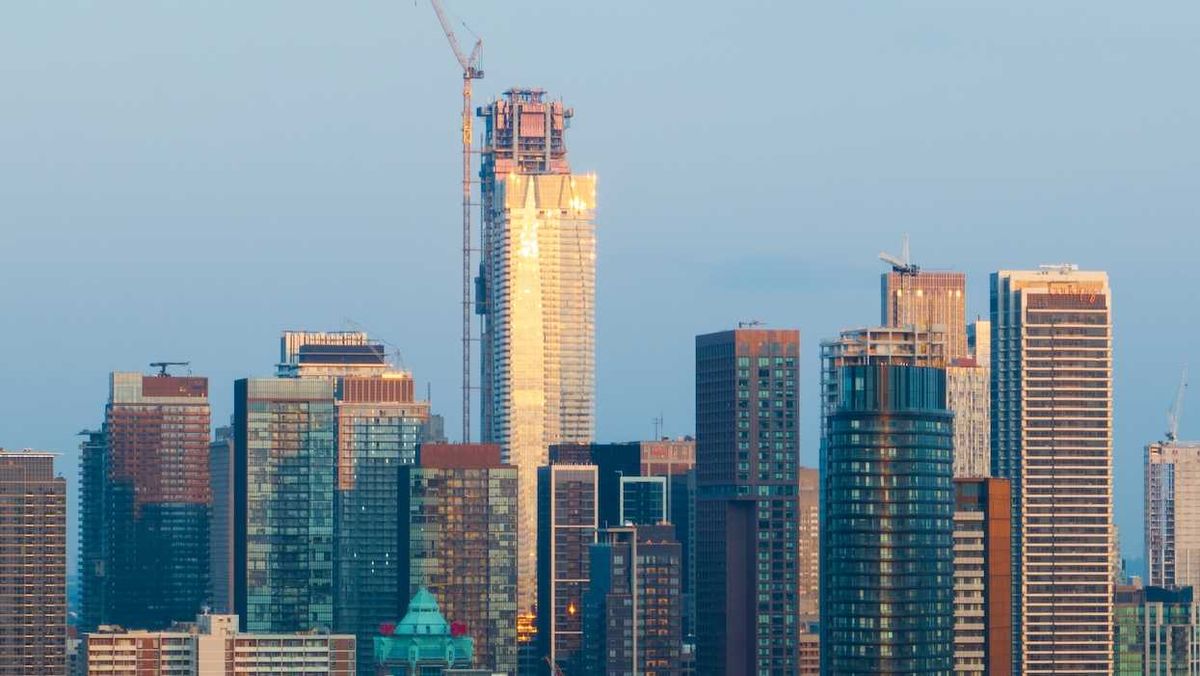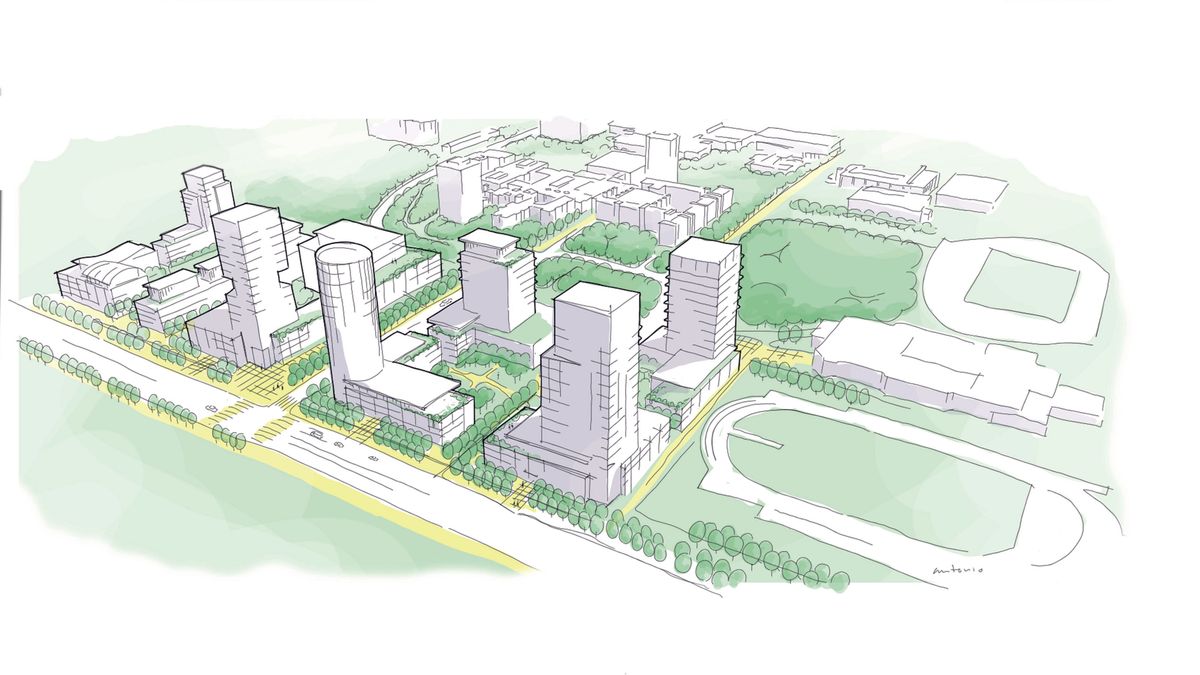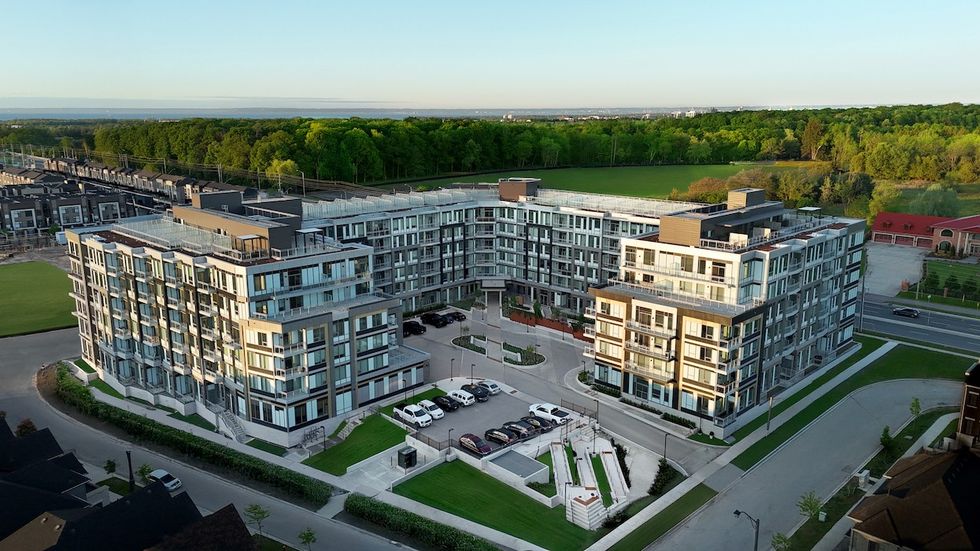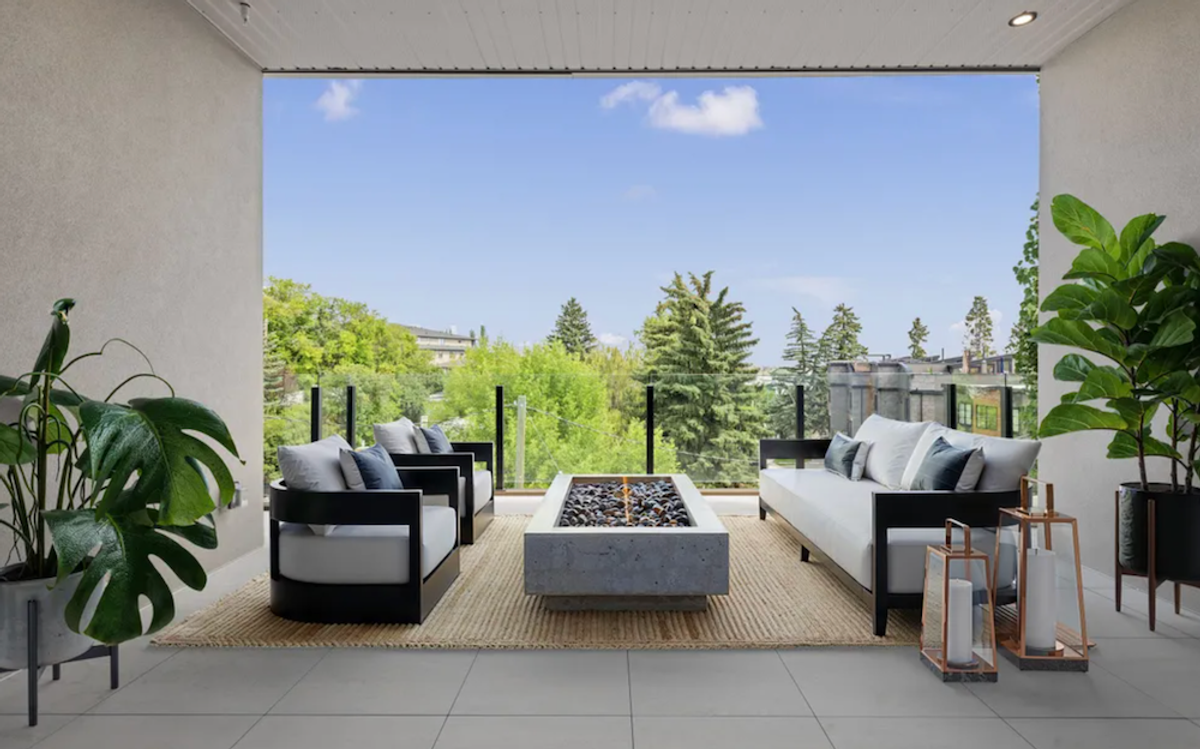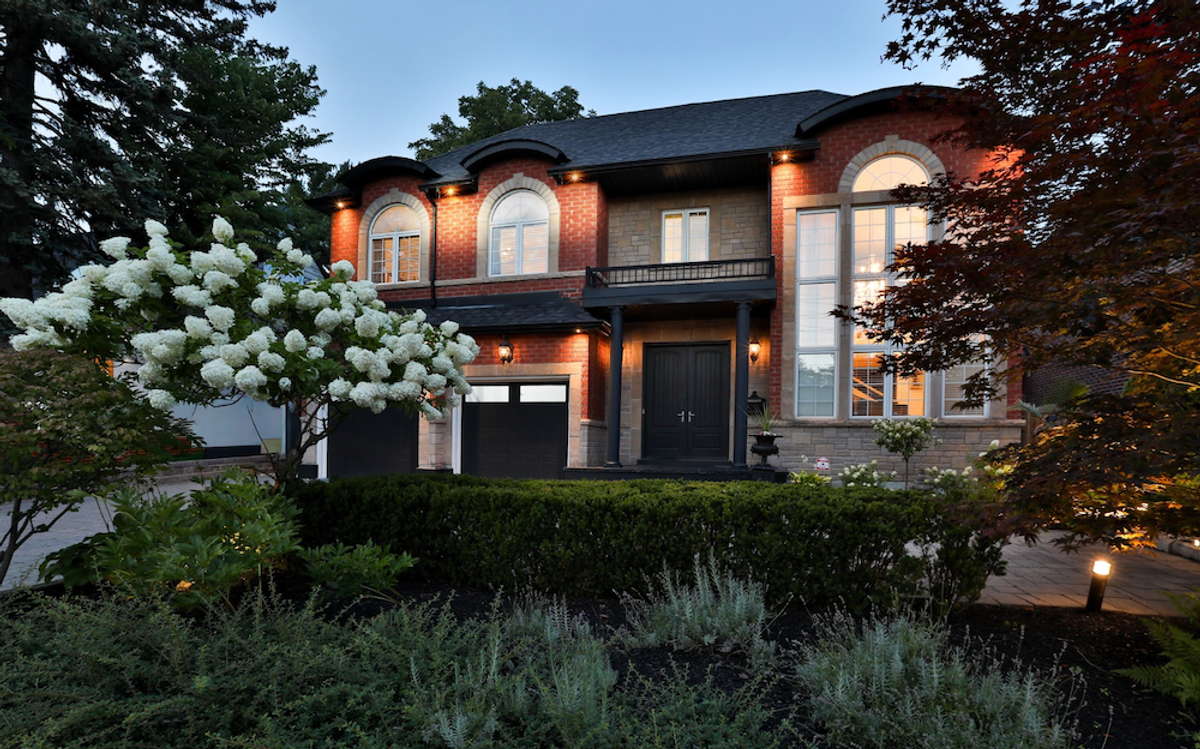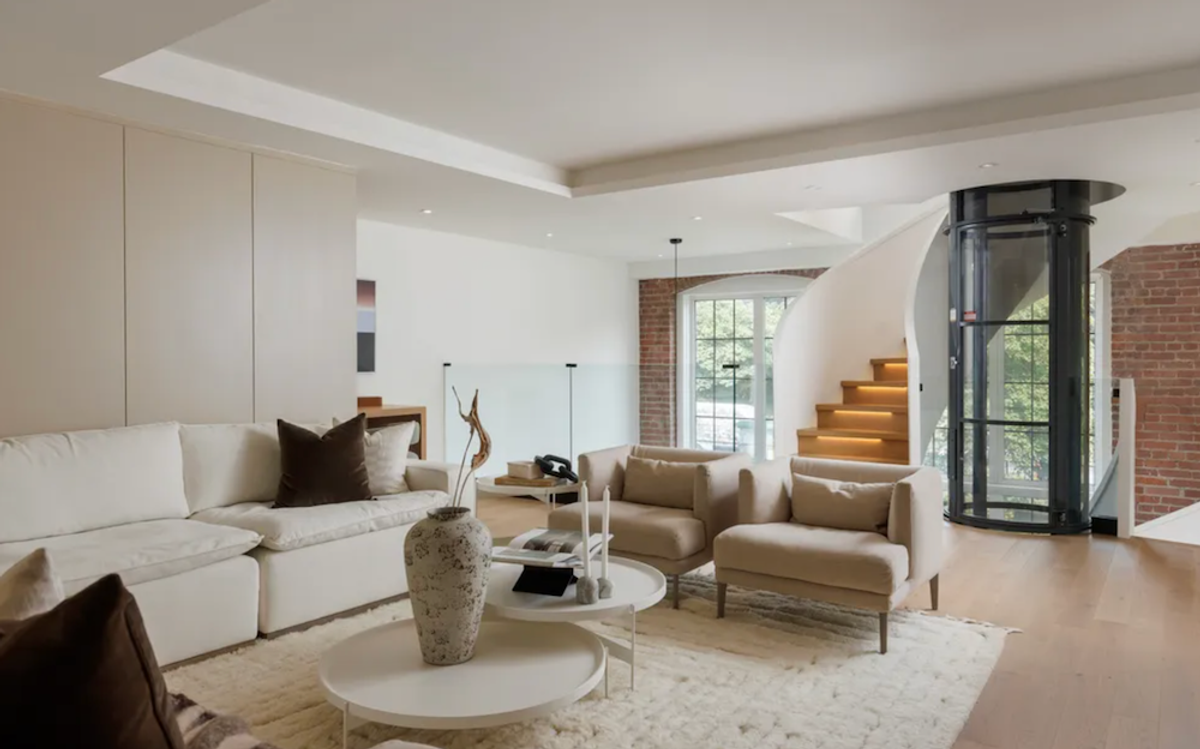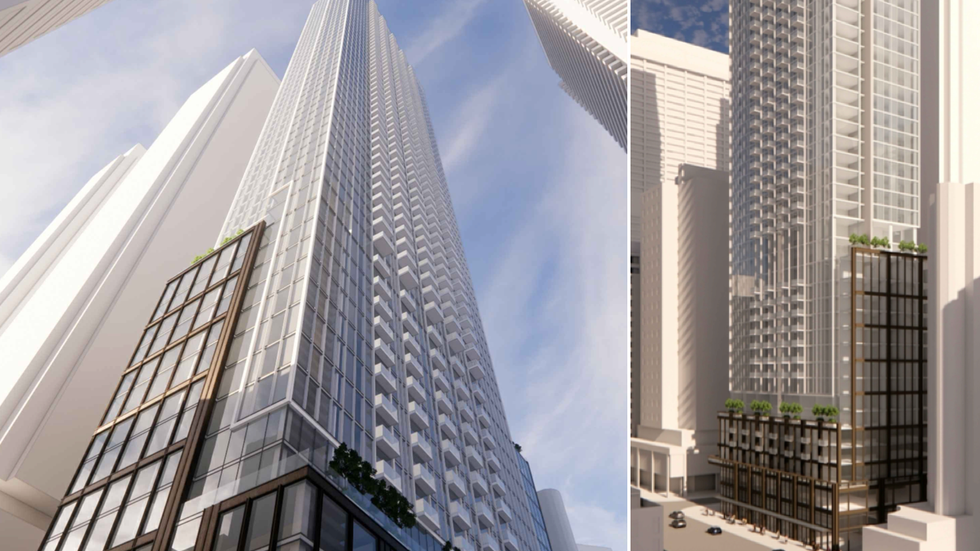This Thursday, Toronto's Planning and Housing Committee is considering whether to allow six-unit buildings, known as sixplexes, as of right, across the city. The proposed by-law builds on the modest success of multiplex zoning, and it’s not just a planning decision — it is a test of whether the city is serious about addressing its housing crisis.
“Providing more opportunities for a diverse range of housing types, all across the city, is a key part of the City’s Housing Action Plan. The proposed zoning by-law amendments to expand permissions for multiplex housing, including new permissions for sixplexes, are designed to open up new opportunities for both current and future residents looking for places to live in the city,” says Jason Thorne, Toronto’s new Chief Planner.
Multiplexes: A Quiet Success
Since Toronto legalized multiplexes with up to four units in May 2023, 452 permits have been issued across the city — and nearly half of them include three-bedroom units. That might not sound like a lot in a city of three million people, but the details tell a different story. Take the average fourplex: around 1,140 sq. ft per unit, with two or more bedrooms and large bedrooms averaging around 130 sq. ft. This isn’t luxury, but it’s livable, especially for families. That’s a key benchmark, as the city’s own Growing Up Guidelines call for family-sized units to be integrated into new developments.
Many of these multiplexes are also being built on smaller lots that were previously restricted to single-family homes, showing how zoning reform can unlock new supply without major public investment.
As for affordability, on a per-square-foot basis, these homes are significantly more affordable than what is known as the 'condo market' (mid-rise and tall buildings). Multiplex rents average $2.93 psf, compared to $4.44 for condos. Sale prices are also far lower — around $562 psf, compared to $969 for a condo.
This is success in slow motion — and it’s the kind of policy Toronto should be scaling, not stalling.
Why Sixplexes?
“For the past several weeks, City planning staff have been hosting public consultations across the city, and meeting with residents’ groups, housing advocates, builders, and others. We heard lots of great feedback,” says Thorne. “And we hope that the zoning changes we are proposing respond both to the enthusiasm that we heard for the housing potential of multiplexes, as well as the concerns we heard about how this form of housing would be integrated into existing neighbourhoods.”
Allowing sixplexes, as of right, adds just two more units to what is already permitted. But those two units can make a big difference.
- Economics: The additional density makes it more financially viable to include family-sized units or barrier-free design, Development Charges By-law will need to be aligned with waiving DCs, but hopefully it is just a matter of time. It also opens the door to smaller, family-run builders who can’t take on larger projects but are priced out of infill housing under the current rules. “We are also seeing a new industry emerging of local homebuilders and developers who are specializing in building multiplex forms of housing. So this is not only about creating housing, it’s also creating jobs and investment in the city,” adds Thorne.
- Housing Types We Need: Sixplexes can create a wider mix of housing, like ground-floor units for seniors, top-floor units for larger families, and smaller apartments for singles or couples.
- Aging in Place: Ground-related sixplexes can support older adults who want to stay in their community but no longer want to maintain a detached home. Many residents already live in informal plexes today; it’s time to bring them into the fold with policy that recognizes their value.
The Cost Of Doing Nothing
What is the cost of inaction, then?
- More People Pushed Out: Without access to mid-sized housing in established neighbourhoods, families, newcomers, and seniors are forced to the edges of the region — or out of Toronto altogether. We see this in the data: Between 2016 and 2021, Toronto lost 16,600 children under age 14, while surrounding municipalities gained them. That’s a direct result of housing choice, or lack thereof.
- Climate Delay: Sprawl is accelerating. York Region alone is planning for 150,000 new greenfield homes by 2051. Each one locks in car dependency and adds to infrastructure costs. If we want to meet our climate goals, we need to intensify where transit and infrastructure already exist.
- Missed Economic Opportunity: Small-scale development is a key opportunity for economic inclusion. When zoning is clear and predictable, small builders, general contractors, and family-run businesses can take part. But when the rules are uncertain or approvals drag, only the largest players can afford to participate.
- Neighbourhood Decline: As the population ages and young families leave, many of Toronto’s low-rise neighbourhoods are quietly losing population. Schools close, local businesses suffer, and the vibrancy of the street fades. Sixplexes are a way to reverse that trend — gently, sustainably, and without compromising neighbourhood character.
If Not Now, When?
Sixplex zoning won’t solve all of Toronto’s housing problems, but it is a critical step forward.
The best time to allow multiplexes was probably 1998; now it is the second-best time to act. We’ve seen the benefits of modest density reform already. Let’s build on that momentum — not stall it. Because the cost of standing still is a city that becomes less affordable, less inclusive, and less livable for the people who need it most.
- Feds Release Housing Design Catalogue Renderings And Layouts ›
- Toronto Looks To Permit Fiveplexes, Sixplexes In Scarborough North ›
- If Toronto's Serious About Sixplexes, We Need To Get Serious About DCs ›
- Toronto Shies Away From City-Wide Sixplexes, Dilutes Allowances ›
